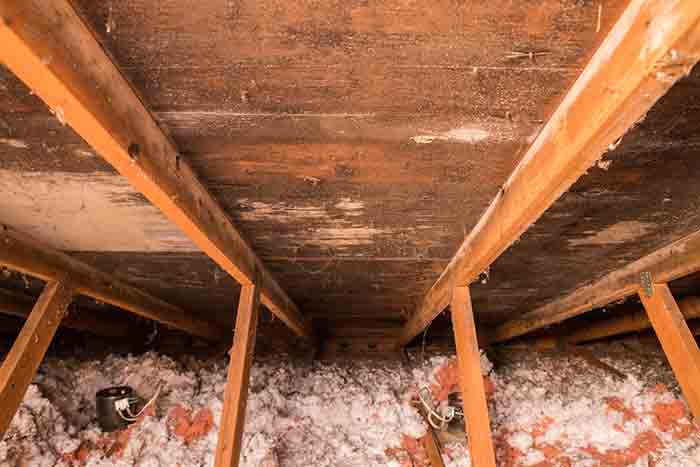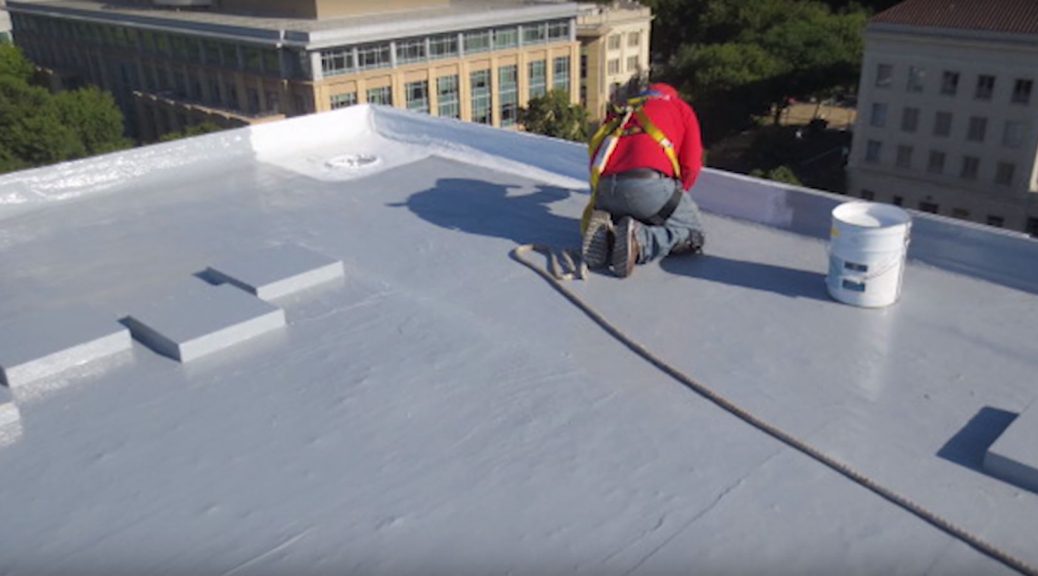Can Attic Mold Be Prevented?
The short answer is an emphatic yes—attic mold can absolutely be prevented, but it requires understanding the specific environmental conditions that allow mold to flourish and taking proactive steps to eliminate those conditions before they become established. Unlike the lottery or natural disasters, mold growth follows predictable patterns based on moisture availability, temperature conditions, and organic food sources, making it one of the most preventable home maintenance problems you’ll ever encounter. The key lies in recognizing that prevention costs a fraction of what you’ll spend if you eventually need to call an attic mold removal company to address an established infestation, not to mention the potential health risks and structural damage that accompany neglected mold problems.
Understanding the Fundamentals of Mold Prevention
Mold prevention begins with understanding the essential elements that mold requires for growth and systematically eliminating those conditions from your attic environment. By addressing these fundamental requirements, homeowners can create an environment where mold simply cannot establish itself.
The Mold Growth Triangle
Mold requires three basic elements to survive and reproduce: moisture, organic food sources, and appropriate temperatures. Your attic naturally contains abundant organic materials like wood decking, insulation, and stored items, while temperatures typically fall within the range that supports mold growth. This leaves moisture as the primary controllable factor in mold prevention, making moisture management the cornerstone of any effective prevention strategy.
Critical Moisture Thresholds
Mold growth requires relative humidity levels above 60 percent for extended periods, with optimal growth occurring between 70-90 percent humidity. Understanding these thresholds helps homeowners recognize that even minor moisture intrusion can create conditions conducive to mold growth. Prevention focuses on maintaining humidity levels below 50 percent and quickly addressing any moisture sources that could elevate these levels.
Early Detection Advantages
Preventing mold is exponentially easier and less expensive than remediation after establishment. While professional attic mold removal companies can successfully eliminate existing infestations, the process typically involves extensive containment procedures, specialized equipment, and potential structural repairs that could have been avoided through preventive measures. Early intervention when moisture problems first appear prevents minor issues from becoming major remediation projects.
Moisture Control Strategies
Effective mold prevention centers on comprehensive moisture control that addresses all potential sources of humidity and water intrusion in attic environments. This multi-faceted approach ensures that prevention measures remain effective even if individual components experience problems.
Ventilation System Optimization
Proper attic ventilation represents the most critical element of mold prevention, requiring balanced intake and exhaust ventilation that promotes continuous air circulation. Soffit vents provide intake air while ridge vents, gable vents, or powered exhaust fans remove humid air before it can accumulate and create condensation problems. The general recommendation calls for one square foot of ventilation area for every 150 square feet of attic space, split evenly between intake and exhaust vents.
Air Sealing and Vapor Barriers
Preventing warm, humid air from entering the attic from living spaces below requires comprehensive air sealing around penetrations, electrical fixtures, and HVAC components. Common air leak sources include recessed lighting, bathroom fans, electrical outlets, and gaps around chimneys or plumbing penetrations. Professional-grade caulking, weatherstripping, and vapor barrier installation create effective barriers that prevent interior humidity from reaching attic spaces.
Roofing System Maintenance
Regular roof maintenance prevents water intrusion that creates ideal mold growth conditions. Annual inspections should focus on shingle condition, flashing integrity around penetrations, gutter functionality, and ice dam prevention in cold climates. Prompt repair of minor issues prevents water damage that could create extensive mold problems requiring professional remediation.
HVAC and Exhaust System Management
Heating, ventilation, and air conditioning systems significantly impact attic moisture levels and require careful management to support mold prevention efforts. Proper system design and maintenance prevent these essential building systems from inadvertently creating mold-friendly conditions.
Ductwork Considerations
HVAC ducts located in attic spaces must be properly insulated and sealed to prevent condensation that could support mold growth. Leaking supply ducts introduce conditioned air that creates temperature differentials and condensation problems, while leaking return ducts can pull humid attic air into the HVAC system and distribute it throughout the home. Professional duct sealing and insulation upgrades eliminate these moisture sources while improving energy efficiency.
Bathroom and Kitchen Exhaust
Bathroom fans, kitchen range hoods, and clothes dryer vents must discharge directly to the exterior rather than into attic spaces. Unfortunately, many homes have exhaust systems that terminate in attics, pumping humid air directly into spaces where it can condense and support mold growth. Rerouting these exhaust systems to exterior discharge points eliminates major moisture sources that contribute to attic mold problems.
Whole-House Ventilation Integration
Modern homes with tight construction require mechanical ventilation to maintain healthy indoor air quality without creating moisture problems. Properly designed whole-house ventilation systems include humidity controls that prevent excessive moisture accumulation while maintaining adequate air exchange rates. These systems work in conjunction with attic ventilation to maintain optimal moisture levels throughout the building envelope.
Insulation and Building Envelope Considerations
The building envelope plays a crucial role in mold prevention by controlling temperature differentials and moisture migration that can create conditions conducive to mold growth. Proper insulation installation and building envelope management support comprehensive mold prevention strategies.
Insulation Performance and Vapor Control
Adequate insulation prevents temperature differentials that cause condensation in attic spaces, while proper vapor barrier installation controls moisture migration from living spaces below. However, insulation must be installed correctly to avoid creating thermal bridges or air gaps that could lead to condensation problems. Professional installation ensures that insulation performs optimally for both energy efficiency and mold prevention.
Thermal Bridge Elimination
Thermal bridges occur where building materials with high thermal conductivity create pathways for heat transfer that can cause localized condensation. Common thermal bridges include metal fasteners, structural connections, and gaps in insulation coverage. Identifying and addressing these thermal bridges prevents the localized moisture conditions that could support mold growth even in otherwise well-managed attic environments.
Building Envelope Air Tightness
Modern building science emphasizes the importance of air tightness in controlling moisture migration and preventing the air infiltration that can create condensation problems. Professional air sealing focuses on the boundary between conditioned and unconditioned spaces, preventing warm, humid air from entering attic spaces where it could condense and support mold growth.
Monitoring and Maintenance Programs
Successful mold prevention requires ongoing monitoring and maintenance that ensures prevention measures continue working effectively over time. Regular attention to key indicators allows homeowners to address small problems before they develop into conditions requiring professional intervention.
Humidity Monitoring Systems
Digital hygrometers provide continuous monitoring of attic humidity levels, alerting homeowners when conditions approach levels that could support mold growth. Some advanced systems include wireless sensors that provide smartphone alerts when humidity levels exceed predetermined thresholds, allowing prompt intervention before problems develop.
Regular Inspection Protocols
Monthly visual inspections of attic spaces help identify potential moisture problems, ventilation issues, or other conditions that could support mold growth. These inspections should focus on signs of water intrusion, condensation, blocked vents, or changes in stored materials that might indicate developing moisture problems. Early identification allows prompt corrective action that prevents mold establishment.
Professional Assessment and Maintenance
Annual professional inspections by qualified mold removal contractors can identify potential problems that might be missed during routine homeowner inspections. These professionals possess the experience and equipment necessary to evaluate ventilation effectiveness, identify hidden moisture sources, and recommend improvements that enhance mold prevention efforts. The modest cost of professional assessment provides significant value compared to the expense of calling an attic mold removal company to address established infestations.
Attic mold prevention is not only possible but represents one of the most cost-effective home maintenance investments you can make. Through comprehensive moisture control, proper ventilation, and regular monitoring, homeowners can create attic environments where mold simply cannot establish itself, protecting both their property investment and their family’s health for decades to come.






